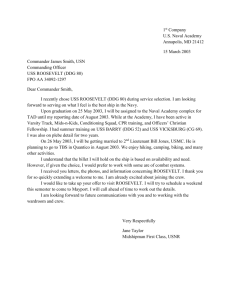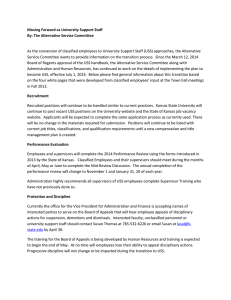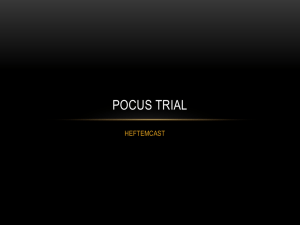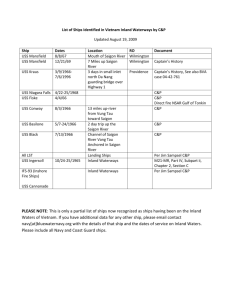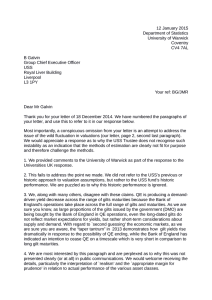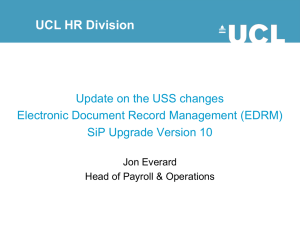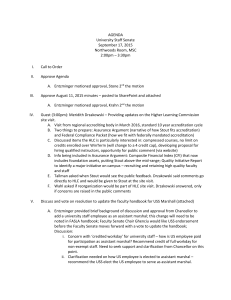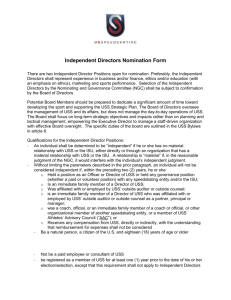426 5 years follow up for patients with neurogenic bladder following
advertisement
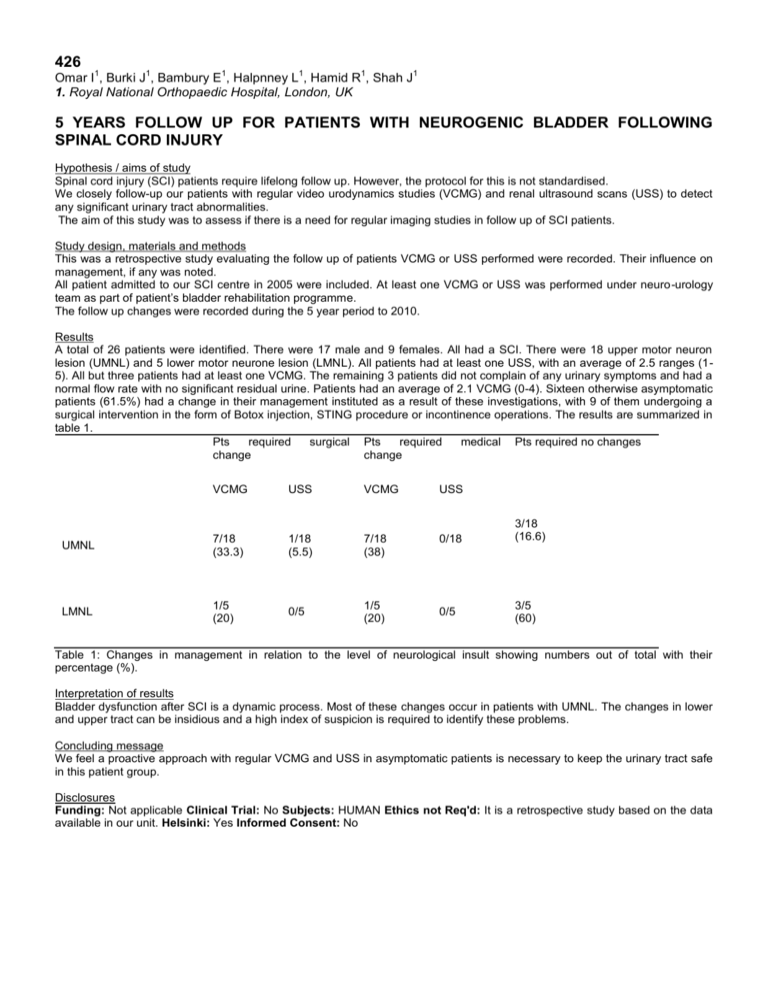
426 1 1 1 1 1 Omar I , Burki J , Bambury E , Halpnney L , Hamid R , Shah J 1. Royal National Orthopaedic Hospital, London, UK 1 5 YEARS FOLLOW UP FOR PATIENTS WITH NEUROGENIC BLADDER FOLLOWING SPINAL CORD INJURY Hypothesis / aims of study Spinal cord injury (SCI) patients require lifelong follow up. However, the protocol for this is not standardised. We closely follow-up our patients with regular video urodynamics studies (VCMG) and renal ultrasound scans (USS) to detect any significant urinary tract abnormalities. The aim of this study was to assess if there is a need for regular imaging studies in follow up of SCI patients. Study design, materials and methods This was a retrospective study evaluating the follow up of patients VCMG or USS performed were recorded. Their influence on management, if any was noted. All patient admitted to our SCI centre in 2005 were included. At least one VCMG or USS was performed under neuro-urology team as part of patient’s bladder rehabilitation programme. The follow up changes were recorded during the 5 year period to 2010. Results A total of 26 patients were identified. There were 17 male and 9 females. All had a SCI. There were 18 upper motor neuron lesion (UMNL) and 5 lower motor neurone lesion (LMNL). All patients had at least one USS, with an average of 2.5 ranges (15). All but three patients had at least one VCMG. The remaining 3 patients did not complain of any urinary symptoms and had a normal flow rate with no significant residual urine. Patients had an average of 2.1 VCMG (0-4). Sixteen otherwise asymptomatic patients (61.5%) had a change in their management instituted as a result of these investigations, with 9 of them undergoing a surgical intervention in the form of Botox injection, STING procedure or incontinence operations. The results are summarized in table 1. Pts required surgical Pts required medical Pts required no changes change change VCMG USS VCMG USS UMNL 7/18 (33.3) 1/18 (5.5) 7/18 (38) 0/18 LMNL 1/5 (20) 0/5 1/5 (20) 0/5 3/18 (16.6) 3/5 (60) Table 1: Changes in management in relation to the level of neurological insult showing numbers out of total with their percentage (%). Interpretation of results Bladder dysfunction after SCI is a dynamic process. Most of these changes occur in patients with UMNL. The changes in lower and upper tract can be insidious and a high index of suspicion is required to identify these problems. Concluding message We feel a proactive approach with regular VCMG and USS in asymptomatic patients is necessary to keep the urinary tract safe in this patient group. Disclosures Funding: Not applicable Clinical Trial: No Subjects: HUMAN Ethics not Req'd: It is a retrospective study based on the data available in our unit. Helsinki: Yes Informed Consent: No
